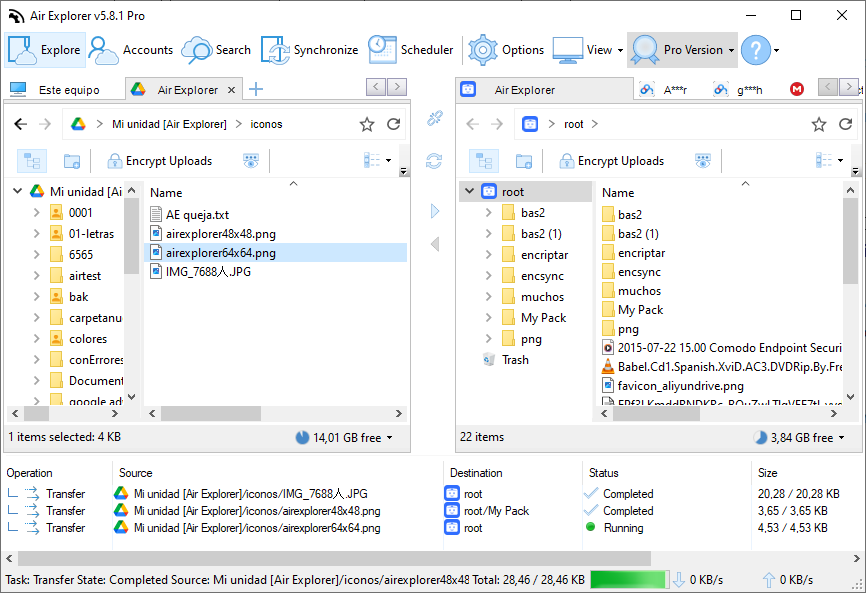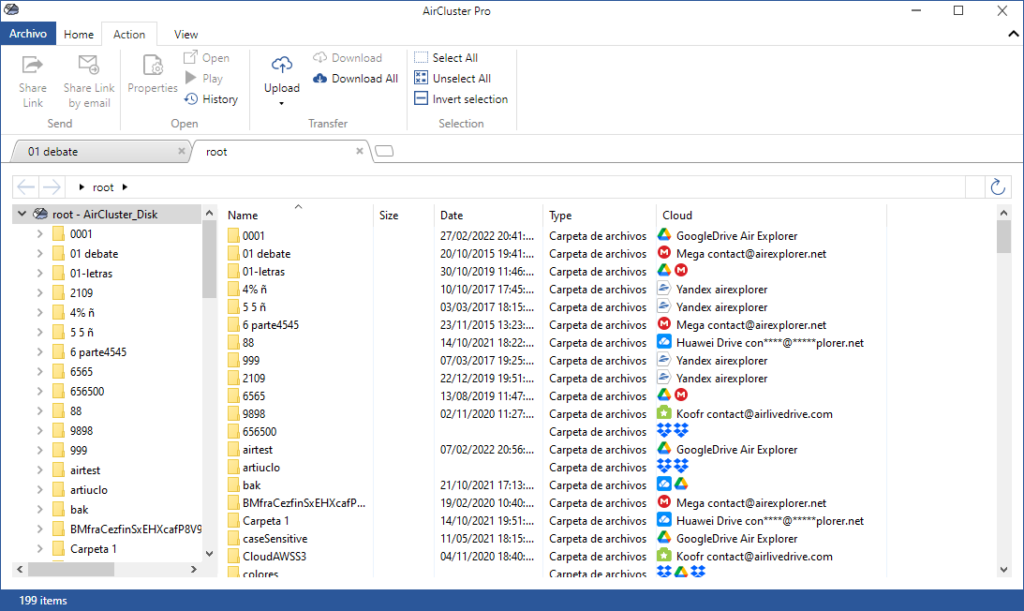Cloud storage has become an essential part of everyday digital life, whether it’s backing up important documents, collaborating with teams, or safeguarding personal memories. Its convenience and accessibility have led to widespread adoption, but with that ease comes the potential for costly mistakes.
Many users fall into traps that compromise security, limit efficiency, or result in unexpected costs. This article explores four common cloud storage missteps and shows you how to sidestep them with smart strategies and the help of tools like Air Explorer and Air Cluster.
Mistake #1: Storing sensitive data unencrypted
Sensitive data includes anything confidential or personally identifiable, such as financial records, identification documents, legal contracts, or client databases. Uploading these files to the cloud without proper encryption leaves them vulnerable to cyberattacks, leaks, and unauthorized access.
How to avoid it:
- Encrypt before uploading: Use reliable tools like Air Explorer and Air Cluster to encrypt files locally before they touch the cloud.
- Secure your accounts: Always use strong, unique passwords, and enable two-factor authentication for an extra layer of protection.

Mistake #2: Not having a backup strategy
Relying on cloud storage alone is a risky gamble. Whether it’s a sync error, accidental deletion, or temporary service disruption, the loss of files without any secondary backup can be devastating—especially for critical personal or business data.
How to avoid it:
- Follow the 3-2-1 rule: Maintain 3 copies of data, stored on 2 different media types, with 1 offsite backup.
- Automate backups: Use Air Explorer to schedule regular backups to external drives or alternate cloud accounts.
- Mirror across clouds: Utilize Air Cluster to create mirrored copies across multiple cloud platforms, ensuring redundancy and easy recovery.

Mistake #3: Ignoring storage limits and pricing tiers
Uploading without attention to your plan’s limits can quickly lead to surprise charges, throttled performance, or even denied access. Many cloud providers operate on tiered pricing models, where exceeding quotas comes with a cost.
How to avoid it:
- Track your usage: Regularly check your storage statistics via provider dashboards or integrated apps.
- Stay organized: Remove outdated or duplicate files to stay under quotas.
- Plan ahead: Choose a tier that aligns with your usage patterns, and upgrade proactively before hitting limits.
Mistake #4: Automatically syncing everything
While auto-syncing is efficient, syncing every folder indiscriminately can clutter your cloud, eat up bandwidth, and introduce privacy risks, especially when mixing personal and professional content.
How to avoid it:
- Use selective sync: Customize which folders sync using settings within tools like Air Explorer.
- Time your syncs: Schedule uploads during off-peak hours to reduce network strain.
- Audit regularly: Set a monthly reminder to review and adjust your synced folders for optimal performance.

Conclusion
Cloud storage is undeniably powerful, but only when used wisely. By avoiding these common pitfalls, users can keep their data secure, organized, and accessible without unnecessary stress or expenses.
Tools like Air Explorer and Air Cluster simplify the process of managing files across clouds, ensuring encryption, backup, and streamlined syncing are just a few clicks away. With intentional habits and the right digital allies, your cloud strategy can be truly future-proof.
